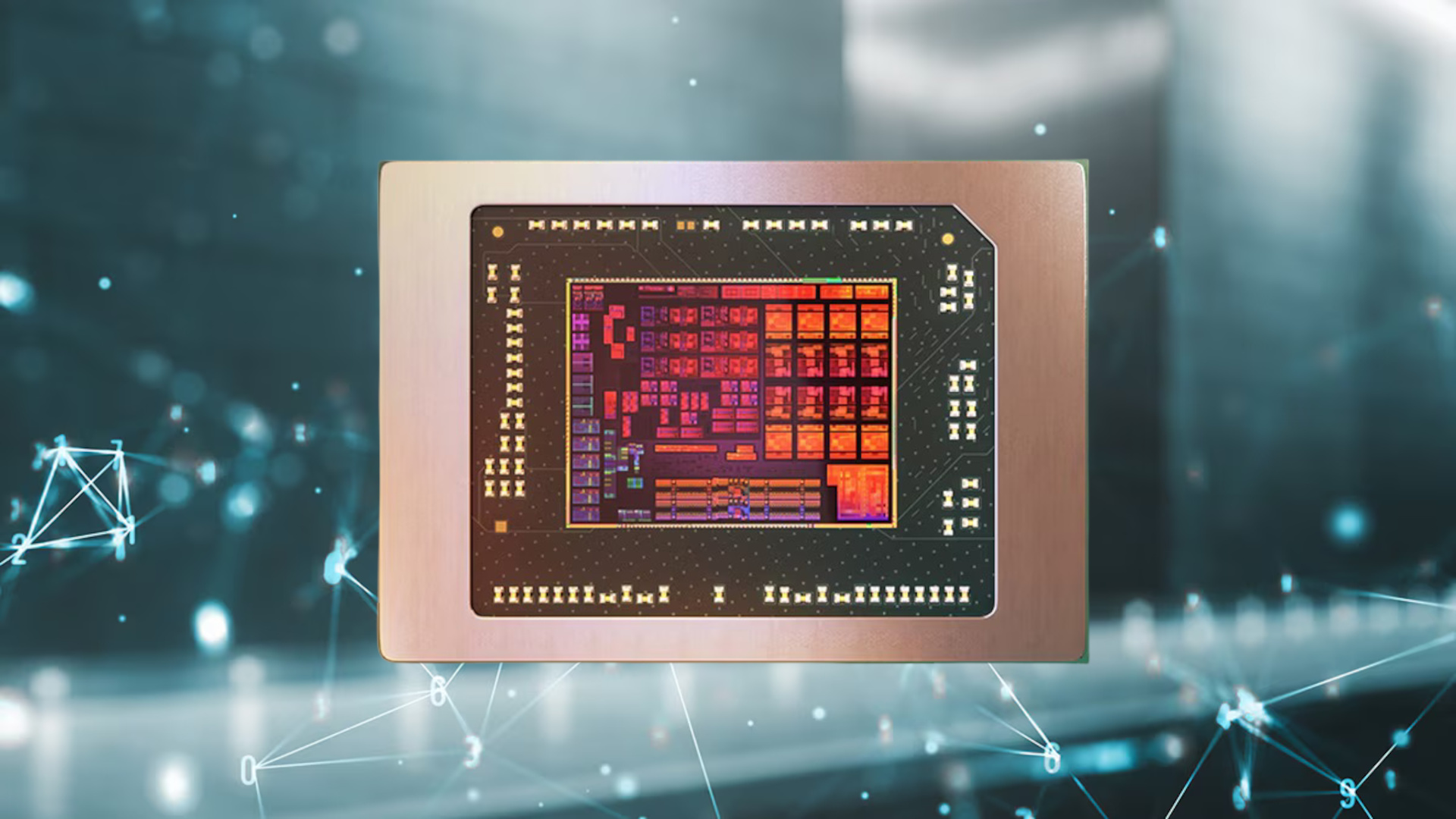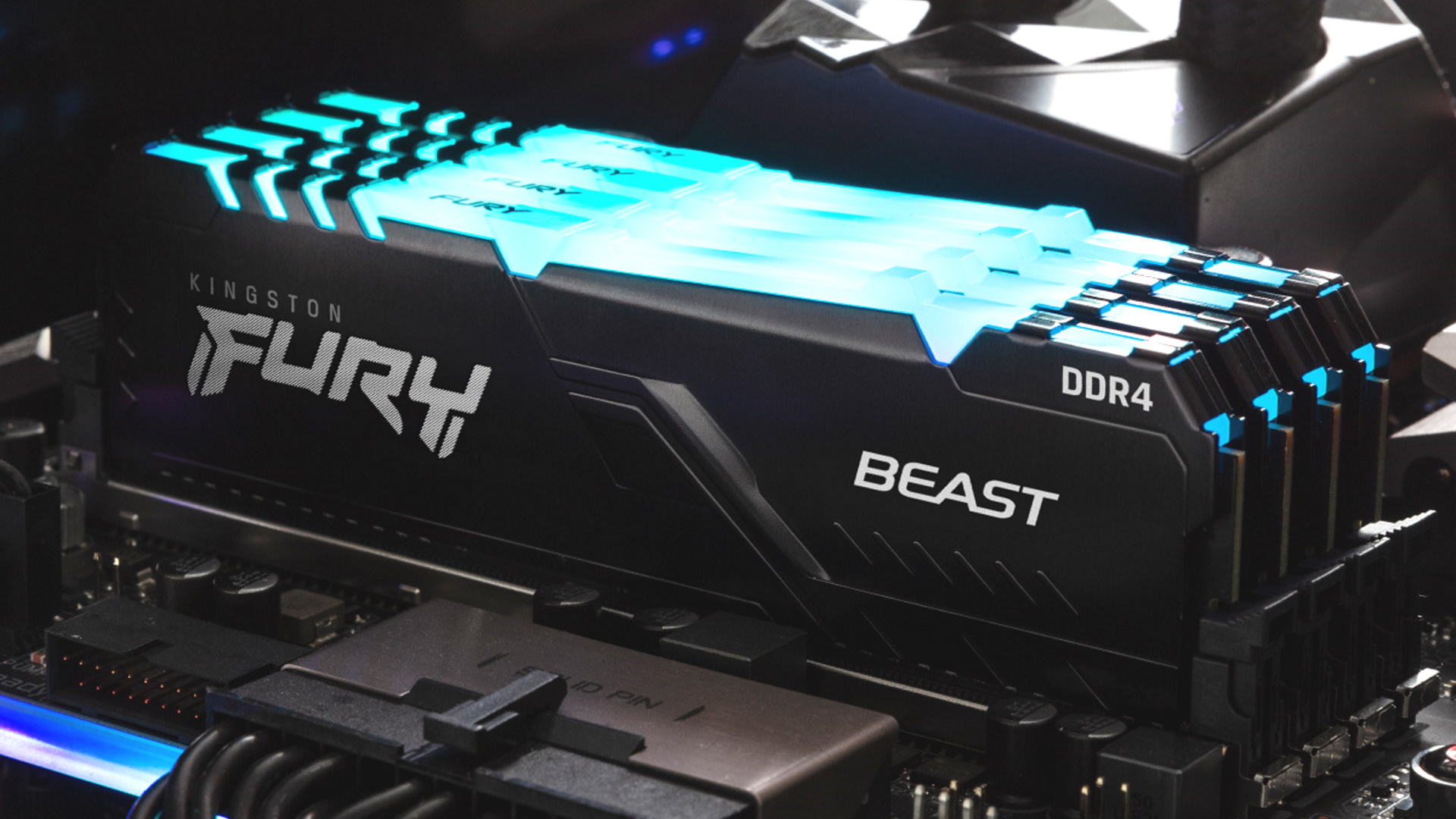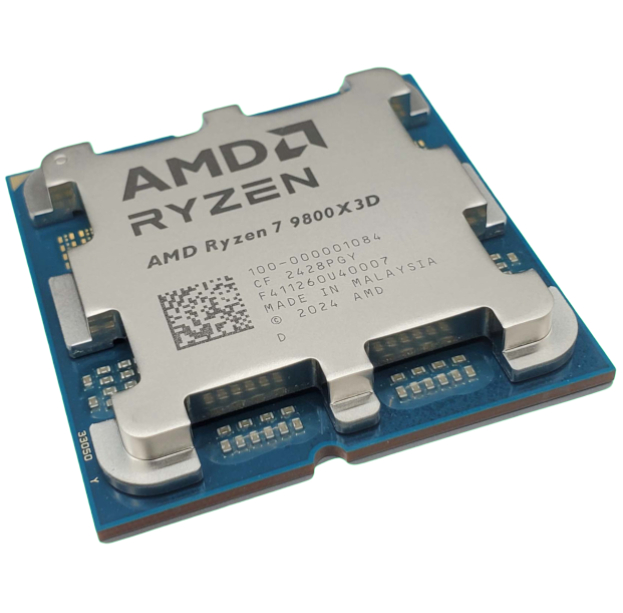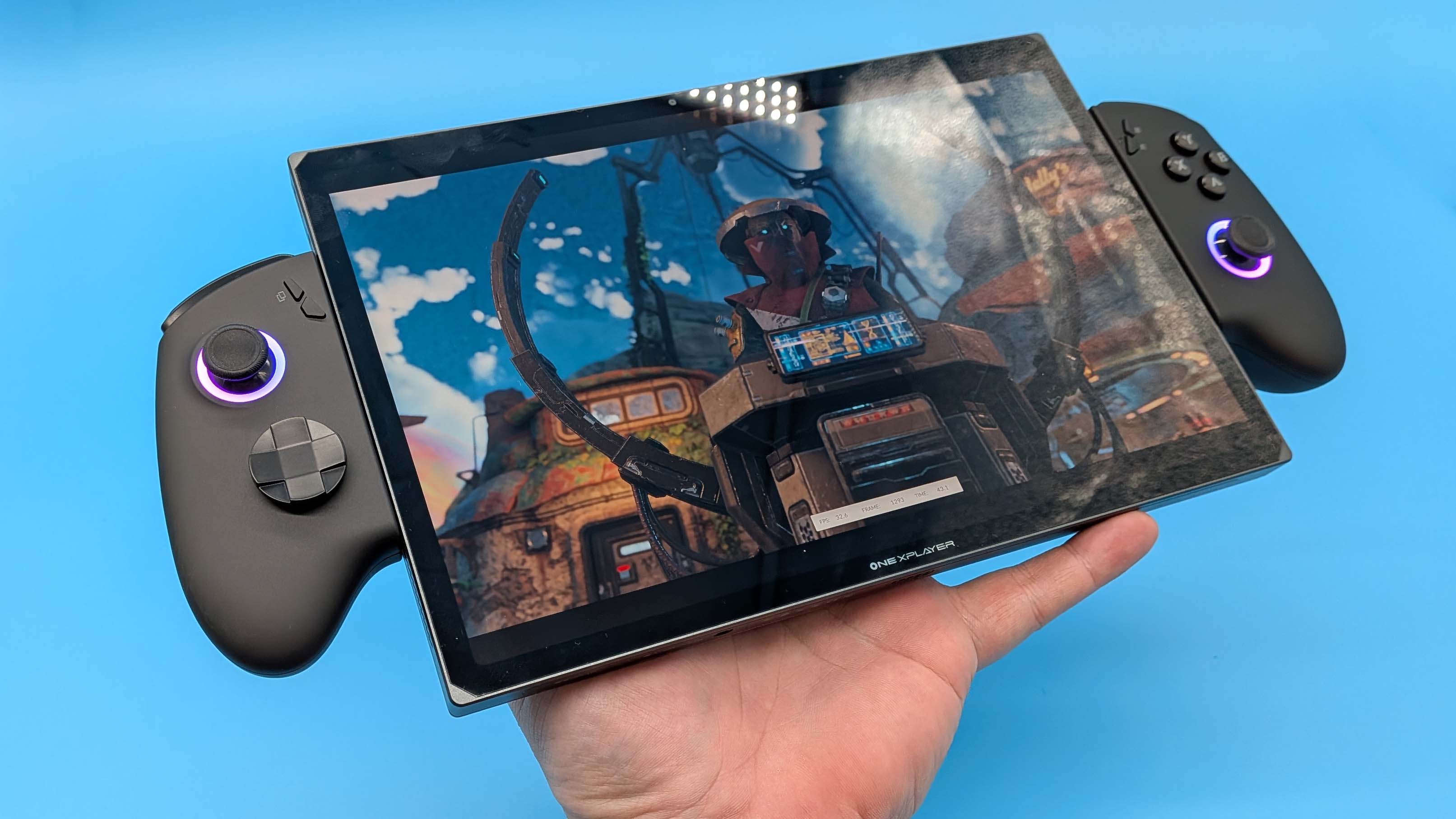Out with the old, in with the old: AMD's still selling Zen 2 and Zen 3+ processors, now under the guise of the Ryzen 10/100 series
Even if they're super cheap, the price of DDR4 will ruin sales.

It's said that a good thing never dies. Chip giant AMD certainly thinks so because earlier this month, it stealthily launched two new series of Ryzen processors. Except they're not exactly new, as the chips are simply old laptop-based ones from 2017 and 2022 that have been given a fresh lick of paint, new names, and the odd tweaked clock speed. That's not necessarily a bad thing, though.
Kicking off AMD's new-but-not-new CPUs is the very small Ryzen 10 series, comprising just two models (thanks to Olrak29_ on X for the heads-up). Despite one being a Ryzen 3 and the other a Ryzen 5, they're virtually identical, separated only by base and boost clock speeds.
As the table below shows, these are based on the Zen 2 architecture (which launched in 2019), but they're not new designs, as they're simply rebadged Mendocino laptop processors from 2022.
Name | Architecture | Cores / threads | Base clock | Boost clock | L3 cache | TDP | iGPU / Compute units |
|---|---|---|---|---|---|---|---|
Ryzen 3 30 | Zen 2 | 4 / 8 | 2.4 GHz | 4.1 GHz | 4 MB | 15 W | Radeon 610M / 2 |
Ryzen 5 40 | Zen 2 | 4 / 8 | 2.8 GHz | 4.5 GHz | 4 MB | 15 W | Radeon 610M / 2 |
They sport exactly the same boost clocks as the Ryzen 3 7320U and Ryzen 5 7520U, the chips on which they're based, so these ones haven't been tweaked in any way, unfortunately. If you want a performance comparison, the Ryzen 10 series is essentially the same as the CPU in Valve's Steam Deck, albeit with higher clock speeds, so at least you have some reference point to judge how suitable they are for gaming.
Just as with the 10 series, the 'new' Ryzen 100 processors are rebranded older chips, specifically AMD's Rembrandt line for laptops. These were (are...since they're still around!) based on the Zen 3+ architecture from 2022, a refresh of Zen 3 to improve power management and clock speeds.
Unlike the 10 series, though, these have been clocked a teeny bit higher than what they used to be. For example, the Ryzen 7 6800H topped out at 4.7 GHz, though 50 MHz more in the case of the Ryzen 7 170 is so small, you'd never really notice it.
Name | Architecture | Cores / threads | Base clock | Boost clock | L3 cache | TDP | iGPU / Compute units |
|---|---|---|---|---|---|---|---|
Ryzen 3 110 | Zen 3+ | 4 / 8 | 3.0 GHz | 4.3 GHz | 8 MB | 28 W | Radeon 680M / 4 |
Ryzen 5 130 | Zen 3+ | 6 / 12 | 2.9 GHz | 4.55 GHz | 16 MB | 28 W | Radeon 680M / 6 |
Ryzen 5 150 | Zen 3+ | 6 / 12 | 3.3 GHz | 4.55 GHz | 16 MB | 45 W | Radeon 680M / 6 |
Ryzen 7 160 | Zen 3+ | 8 / 16 | 2.7 GHz | 4.75 GHz | 16 MB | 28 W | Radeon 680M / 12 |
Ryzen 7 170 | Zen 3+ | 8 / 16 | 3.2 GHz | 4.75 GHz | 16 MB | 45 W | Radeon 680M / 12 |
By now, I'm sure you have two valid questions to ask here: (1) Why is AMD releasing 'new' processors that are clearly a few years old, and (2) is there any reason to consider buying them? The answer to the first question is simple: AMD simply had a lot of Mendocino and Rembrandt processors dies sitting around in its inventory.
Keep up to date with the most important stories and the best deals, as picked by the PC Gamer team.
Rather than just throwing them in the trash, rebadging them and trying once more to sell them is not only environmentally sensible but also a nifty way of boosting the coffers a bit.
How much so is also part of the answer to the second question. AMD has not issued any prices for the Ryzen 10/100 processors, but it does list them as having a form factor for laptops and desktops. I suspect that these are most likely to find a home in an ultra-cheap laptop or two, though if it's one of the Ryzen 100 chips with 12 compute units, I'd avoid them unless the laptop also had a discrete GPU inside.
However, if desktop versions of them do appear on the market and they're priced cheaply enough, they'd be perfect for a little home office PC or a small file/media server. It's easy to forget that older CPUs are still more than good enough for today's computing needs, unless you're doing heavy content creation or AI stuff.

The 45 W Ryzen 5 150 and Ryzen 7 170 might even be good enough for an entry-level gaming PC, but there's one major sticking point: the horrendous price of DDR4 RAM at the moment. This has gone up so much in the past month or two that you'd really have to turn to the second-hand market if you fancied the idea of grabbing a Ryzen 100 for an entry-level gaming PC.
I bet AMD wishes it had done this at the beginning of the year, before the memory market took a trip to ludicrous town.

1. Best overall:
AMD Ryzen 7 9800X3D
2. Best budget:
AMD Ryzen 5 7600X
3. Best mid-range:
AMD Ryzen 7 9700X
4. Best high-end:
AMD Ryzen 9 9950X3D
5. Best AM4 upgrade:
AMD Ryzen 7 5700X3D
6. Best CPU graphics:
AMD Ryzen 7 8700G

Nick, gaming, and computers all first met in the early 1980s. After leaving university, he became a physics and IT teacher and started writing about tech in the late 1990s. That resulted in him working with MadOnion to write the help files for 3DMark and PCMark. After a short stint working at Beyond3D.com, Nick joined Futuremark (MadOnion rebranded) full-time, as editor-in-chief for its PC gaming section, YouGamers. After the site shutdown, he became an engineering and computing lecturer for many years, but missed the writing bug. Cue four years at TechSpot.com covering everything and anything to do with tech and PCs. He freely admits to being far too obsessed with GPUs and open-world grindy RPGs, but who isn't these days?
You must confirm your public display name before commenting
Please logout and then login again, you will then be prompted to enter your display name.

